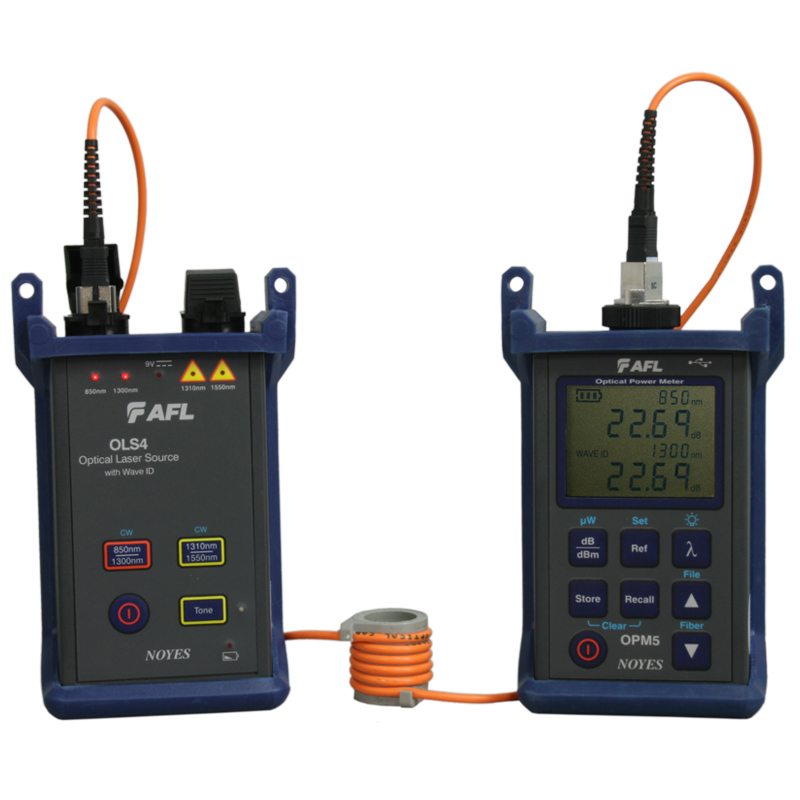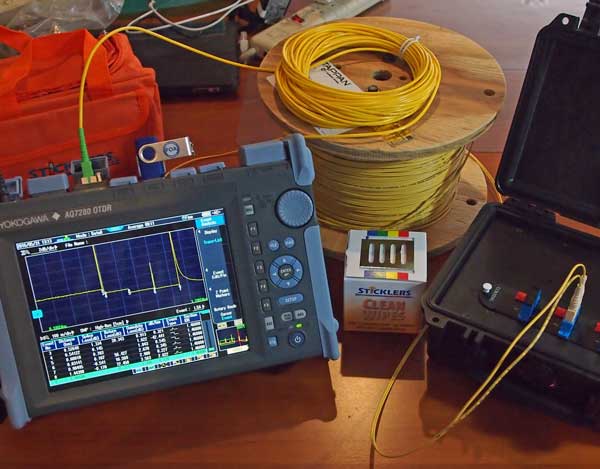The use of ofda improves fibre evaluation with cutting-edge optical technology.
Wiki Article
Discover the Significance of Optical Fiber Screening in Modern Telecommunications
In the realm of contemporary telecoms, the value of optical fiber testing can not be overemphasized, as it offers as the foundation for guaranteeing network integrity and performance. What are the particular benefits that regular testing offers, and just how might it form the future landscape of telecoms?
Comprehending Optical Fiber Screening
Optical fibre screening is a vital process in telecoms that ensures the stability and performance of fibre optic networks. This testing incorporates a variety of procedures made to review the physical and useful attributes of optical fibres - ofda. Key specifications assessed include optical power loss, data transfer capability, and fault area, which are vital for keeping top notch communication linksThe testing procedure generally involves the use of specific equipment such as Optical Time-Domain Reflectometers (OTDR) and Optical Power Meters. OTDRs are used to recognize and define faults, mates, and adapters within the fibre, while power meters gauge the transmitted light signal toughness to identify performance.
Moreover, screening is carried out at numerous phases, consisting of throughout setup, upkeep, and troubleshooting, to guarantee that the network fulfills industry criteria and functional requirements. Compliance with standards set by organizations like the International Telecommunication Union (ITU) and the Telecoms Industry Organization (TIA) is vital.
Benefits of Routine Checking
Normal testing of optical fibers returns numerous advantages that considerably enhance network integrity and efficiency. One of the main benefits is the early detection of potential concerns, such as breaks or deterioration in the fibre, which can bring about pricey downtime if left unaddressed (fibre testing equipment). By recognizing these troubles proactively, telecoms providers can decrease solution disruptions and ensure consistent connectivity for their customersAdditionally, regular screening assists to keep the stability of signal top quality. As optical fibers age, their efficiency can be affected by aspects such as environmental conditions and physical stress. Regular assessments permit the surveillance of signal loss and general transmission efficiency, ensuring that the network operates at ideal levels.
An additional considerable advantage is compliance with sector requirements. Routine testing supports adherence to regulatory needs, consequently reducing lawful and economic threats connected with non-compliance. It boosts the overall lifespan of the fibre framework by promoting prompt maintenance and fixings.

Typical Testing Techniques
Checking optical fibres employs numerous techniques to make certain the integrity and efficiency of telecommunications networks. Among one of the most usual strategies is Optical Time Domain Reflectometry (OTDR), which assesses the entire size of the fiber by sending a pulse of light and measuring the reflections triggered by imperfections or breaks. This technique provides detailed details concerning the area and seriousness of mistakes.An additional prevalent approach is using Optical Power Meters, which gauge the quantity of light sent through the fibre. This method aids determine the loss of signal strength, making certain that it meets industry criteria. Additionally, Visual Fault Locators (VFL) are utilized to recognize breaks or extreme bends in the fibre by projecting a visible laser light right into the cable television.
Insertion loss screening is additionally critical, as it evaluates the loss of signal power arising from connections and entwines within the network. The usage of Polarization Setting Diffusion (PMD) screening examines the effect of fibre attributes on signal stability.
Each of these techniques plays an essential role in preserving the efficiency and reliability of optical fiber networks, ultimately adding to seamless telecommunications procedures.
Influence On Network Performance
The integrity and performance of optical fiber networks straight influence total network efficiency. In modern-day telecommunications, the performance of information transmission depends heavily on the top quality of the optical fibres utilized. Any destruction in the fiber's problem-- whether as a result of physical damages, contamination, or optical fibre testing equipment excessive flexing-- can cause increased depletion and signal loss, substantially influencing data integrity and speed.Normal optical fiber screening is vital to recognize and remedy prospective concerns before they materialize as network failures or stagnations. Methods such as Optical Time Domain Reflectometry (OTDR) and insertion loss screening enable professionals to gauge the performance of fiber web links accurately. These tests not just assess the physical condition of the fibers but also guarantee conformity with industry requirements, consequently guarding the network's integrity.
In addition, a well-kept optical fiber network adds to lowered functional prices and improved consumer contentment, as end-users experience fewer disturbances and higher data prices. Inevitably, the focus on rigorous optical fiber testing practices works as a foundation for sustaining durable telecoms infrastructure, making certain that company can meet the growing demands for data transfer and connectivity in today's digital age.
Future Fads in Evaluating
As we look ahead, improvements in innovation are positioned to reshape optical fibre testing in telecommunications. The rise of automation and synthetic intelligence (AI) is expected to enhance the performance and precision of screening processes. Automated testing systems can conduct comprehensive assessments with minimal human intervention, significantly lowering the possibility for mistakes and accelerating time-to-deployment.Furthermore, the assimilation of device discovering formulas will certainly allow anticipating upkeep, allowing network companies to visualize potential concerns before they rise into failures. This aggressive technique not only boosts network dependability but also maximizes operational costs.
An additional emerging fad is the advancement of portable screening devices that supply real-time evaluation - robotic vision. These tools will encourage service technicians to carry out on-site diagnostics swiftly, assisting in quicker resolutions and enhancing solution quality
The growth of 5G networks further demands the evolution of screening approaches. As transmission capacity demands boost, traditional screening strategies may no much longer suffice. Cutting-edge solutions such as optical time-domain reflectometry (OTDR) and progressed spooky analysis will come to be essential in making certain the integrity and efficiency of high-speed connections.
Final Thought
To conclude, optical fiber testing is necessary for ensuring the integrity and dependability of modern-day telecoms networks. Regular screening techniques not just help identify prospective problems such as signal loss and mistakes yet additionally add to boosted network efficiency and consumer contentment. As the demand for seamless connectivity remains to grow, the fostering of advanced testing methods will play a vital function in keeping high-grade network criteria and supporting the developing landscape of telecoms.Report this wiki page